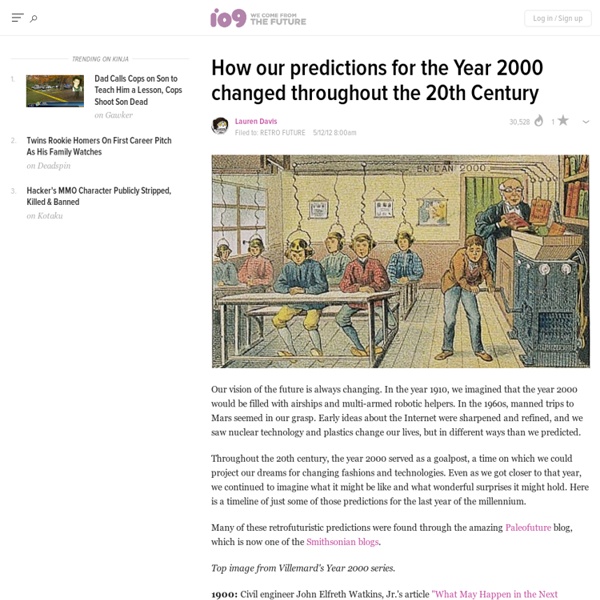



Google self-driving car has no steering wheel or brake If you're uneasy at the idea of riding in a vehicle that drives itself, just wait till you see Google's new car. It has no gas pedal, no brake and no steering wheel. Google has been demonstrating its driverless technology for several years by retrofitting Toyotas, Lexuses and other cars with cameras and sensors. But now, for the first time, the company has unveiled a prototype of its own: a cute little car that looks like a cross between a VW Beetle and a golf cart. "They won't have a steering wheel, accelerator pedal, or brake pedal ... because they don't need them," Google said Tuesday in a blog post introducing the unnamed electric vehicles. "Our software and sensors do all the work." Unlike previous models, these cars won't have human drivers monitoring them at all times. The cars' speed for now has been capped at 25 mph, allowing engineers to minimize the risk of crashes during testing. Inside, the spartan cars have few dashboard controls, no glove box and no stereo.
3D Printers in Education Why have 3D printers in the classroom? It is evident that 3D Printing has a place in the classroom and will continue to have a significant impact in education. The question one needs to ask, is how does one determine which printer is best suited to learning and teaching. As with any piece of technology, it is important to consider the ease of setup and operation, reliability and product support. When children use 3D printers, they have a mindset for better learning, one where it was okay to make mistakes. This contributes to their boldness for design, increasing their confidence and imagination. The ability to solve real problems in the physical world is one of the key strengths of 3D printing. Give your students the power to challenge the world Across Australia and New Zealand education institutions depend on our affordable and easy to use 3D printers. 3D printing in education is unique compared to other technologies. Science Technology Engineering Maths (STEM) STEM applications Maths
Four Ways Schools Will Be Different in 10 Years Over the course of the last several hundred years, very little has changed with respect to schools. Sure, there have been minor tweaks like the switch from blackboards to dry erase boards, and the addition of computers and projectors. Today, however, we find ourselves on the precipice of several seismic shifts in education that will completely transform the way teachers educate and the way children experience the classroom. Here are EdWorld’s best predictions regarding ways in which schools are likely to be dramatically different 10 years from now: #4. #3. #2. #1. Article by Jason Tomaszewski, EducationWorld Associate EditorEducation World® Copyright © 2011 Education World
Technology-based learning - collaborative learning Technology is rapidly evolving. This evolution is occurring because people are sharing ideas, resources and themselves online 24/7. So what does this mean for our education? Although some schools are slower than others to adapt technology changes, that doesn’t mean others are not jumping in feet first and utilizing the open source way to change education as we know it. Here’s a wish list: Classrooms will be paperlessClassrooms will cater to more individualized instruction based on a student’s passionsCommunication will vastly improveNew learning spaces will pop up – that’s right, no more individual desks And here’s how this will happen because of an open source mentality: Classrooms will be paperless: Students will no longer trudge through their local value office store with a huge cart full of notebooks, folders, paper, pens and pencils. Classrooms will cater to more individualized instruction based on a student’s passions: Communication will vastly improve:
Wearable Technology: will education look very different in the future? Wearable technology certainly seems to be gaining ground with many getting very excited about the variety of devices coming on the market. Whether it's a smart wrist watch, e.g. the Samsung Gear, smart glasses, e.g. Google Glass, or a device that turns your palm into a touch screen, e.g. the Fin, they are creating one of the fastest growing markets in 2014 with predicted growth according to the IDC study, Worldwide Wearable Computing Device 2014-2018 Forecast and Analysis, of 78.4%. Those using these devices at the moment would certainly call themselves early adopters, but with IDC predicting 19 million units being shipped this year their use is becoming much wider than with just the early adopters. Healthcare, entertainment, industry and the military are just a few of the sectors that are using wearable technology and to find out more about the current and future outlook of their use in these sectors the IHS Wearable Technology report is an interesting read.
A 2020 Vision: Education in the next two decades A 2020 Vision:Education in the next two decades James Levin University of Illinois Appeared in 2002 in the Quarterly Review of Distance Education, 3(1), 105-114. Introduction It is difficult to predict the future. With electronic technologies today, change is the only constant. So what will education be like in the year 2020? Current contexts for learning and teaching Schools: Past, present and future? The dominant form of formal education today is schooling. Before schools were the dominant form of education, a few privileged learners worked with tutors. If apprenticeships are used to teach our doctors, lawyers, and scientists, why are they not used more widely? Teleapprenticeships However, new electronic media enable new forms of education. In face to face apprenticeships, novices start on the periphery of the activity, observing and being given simple tasks that contribute to the going work (Lave & Wenger, 1991). Apprenticeships are typically used for specialized learning. Tele-task forces.